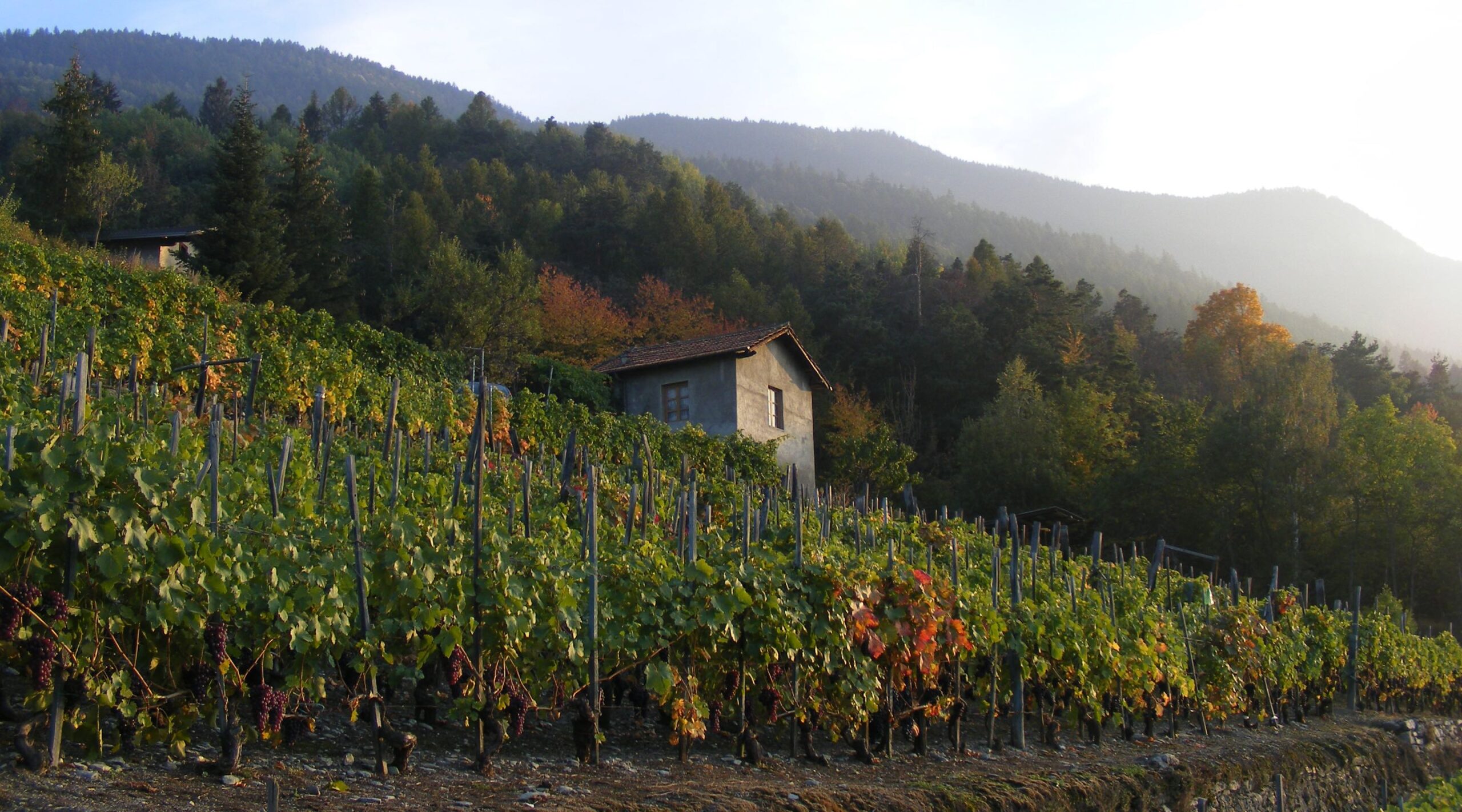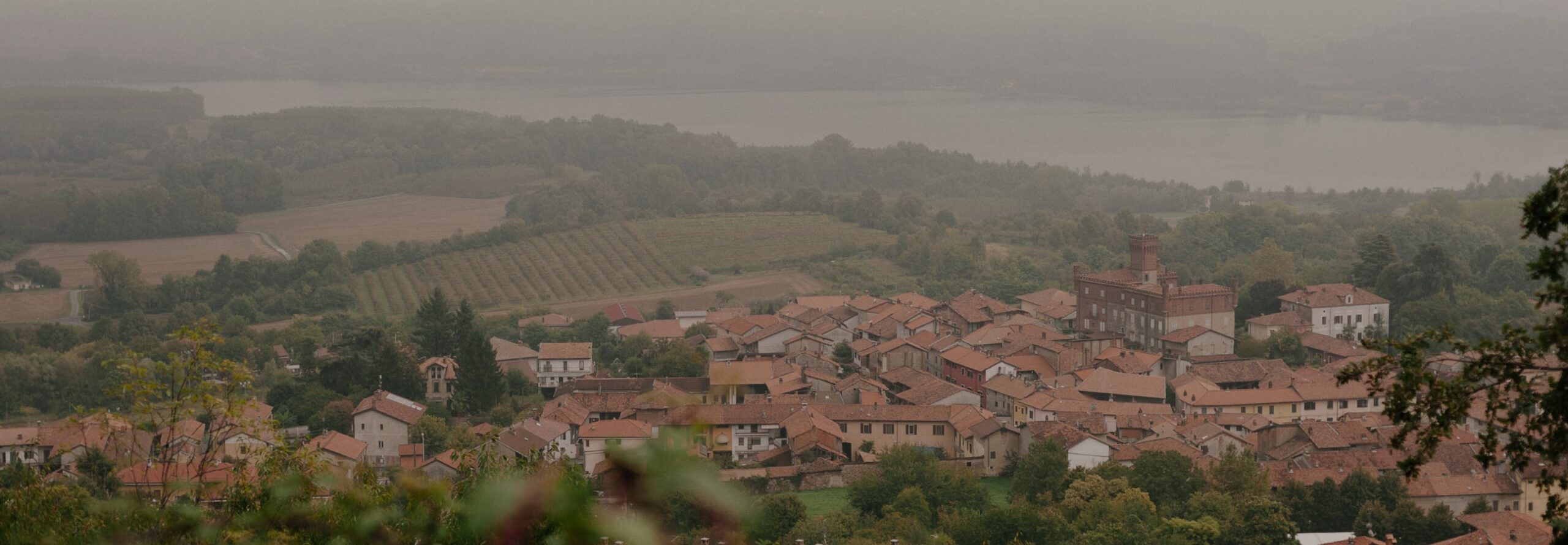Our travels in the Vallée d’Aoste have led us to several small and unexpected gems, the newest of which is the Cantina di Cuneaz Nadir. We were introduced to the young Nadir Cuneaz by Danilo Thomain in Arvier, whose Enfer d’Arvier has been a wonderful addition to our book. The Cuneaz family has a mere 0.5 hectares near the town of Gressan, reflecting a local mix of grape varieties, some of which were planted over 100 years ago. The ‘cellar’ is one of the rooms in their home, where a few small cuves and two barrels reside, and three wines are produced. We are fortunate to be able to import around 50 cases of the “Badebec”, of which less than a hundred cases are produced from two small parcels.
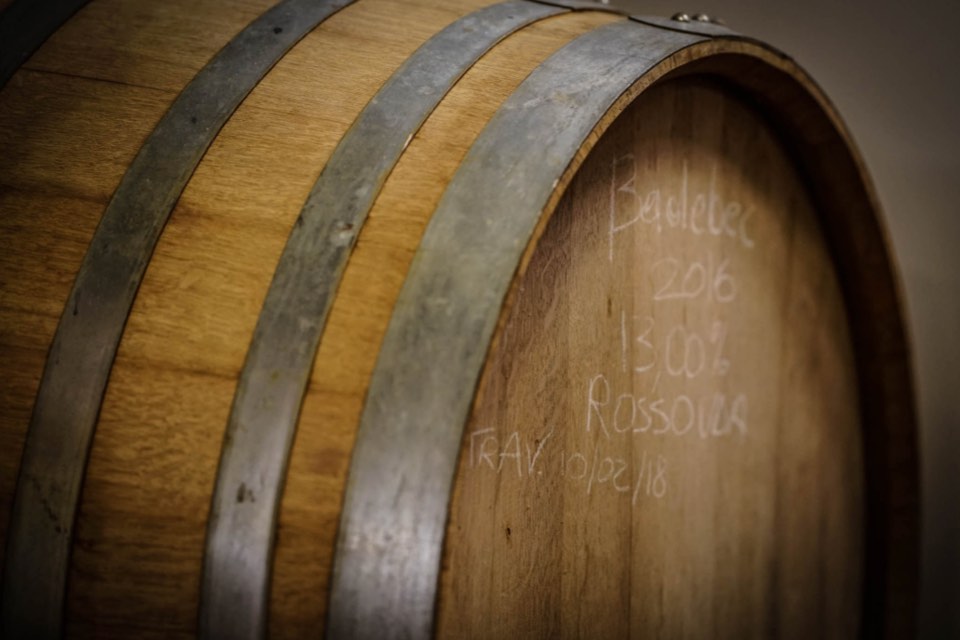
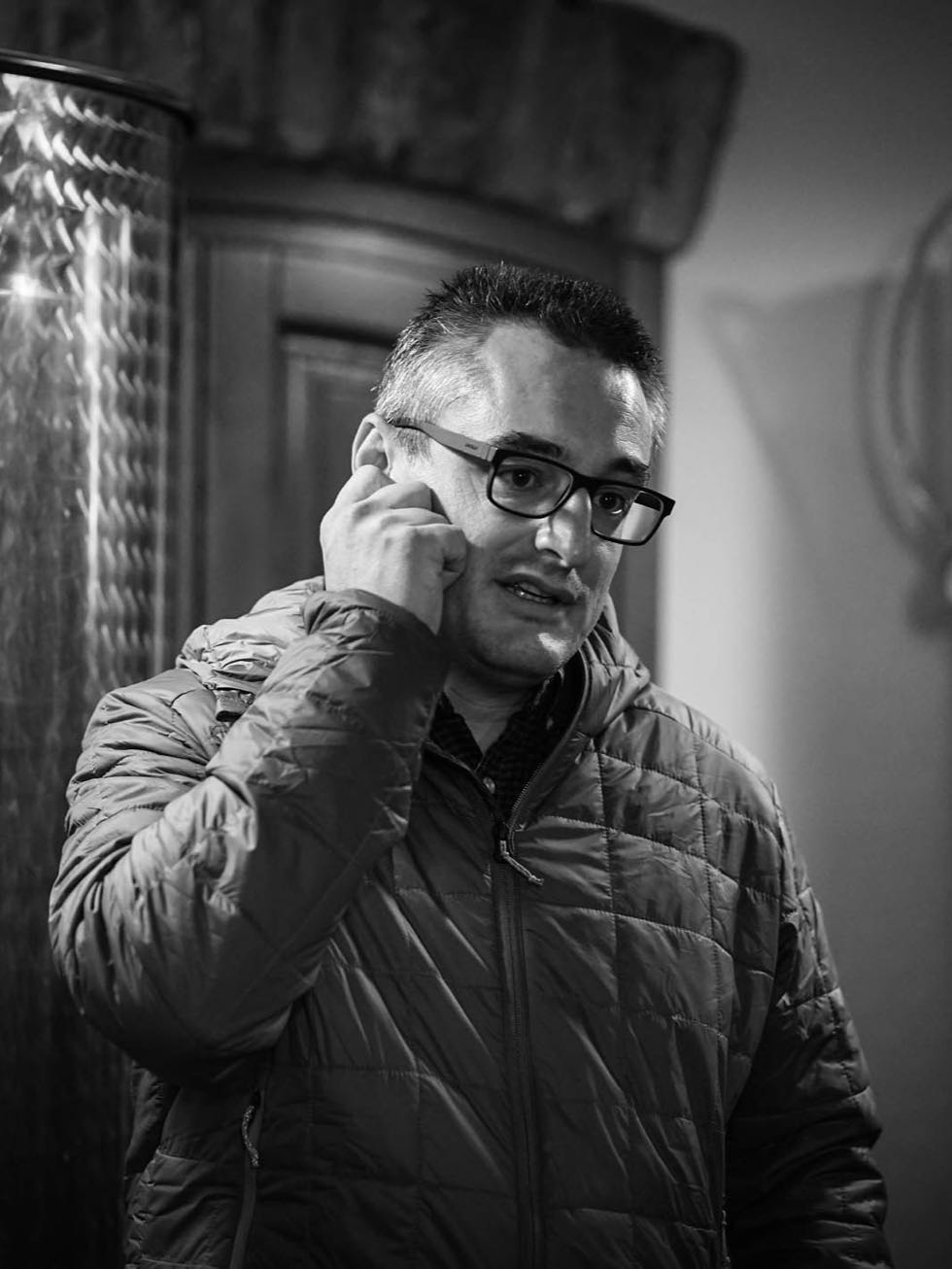
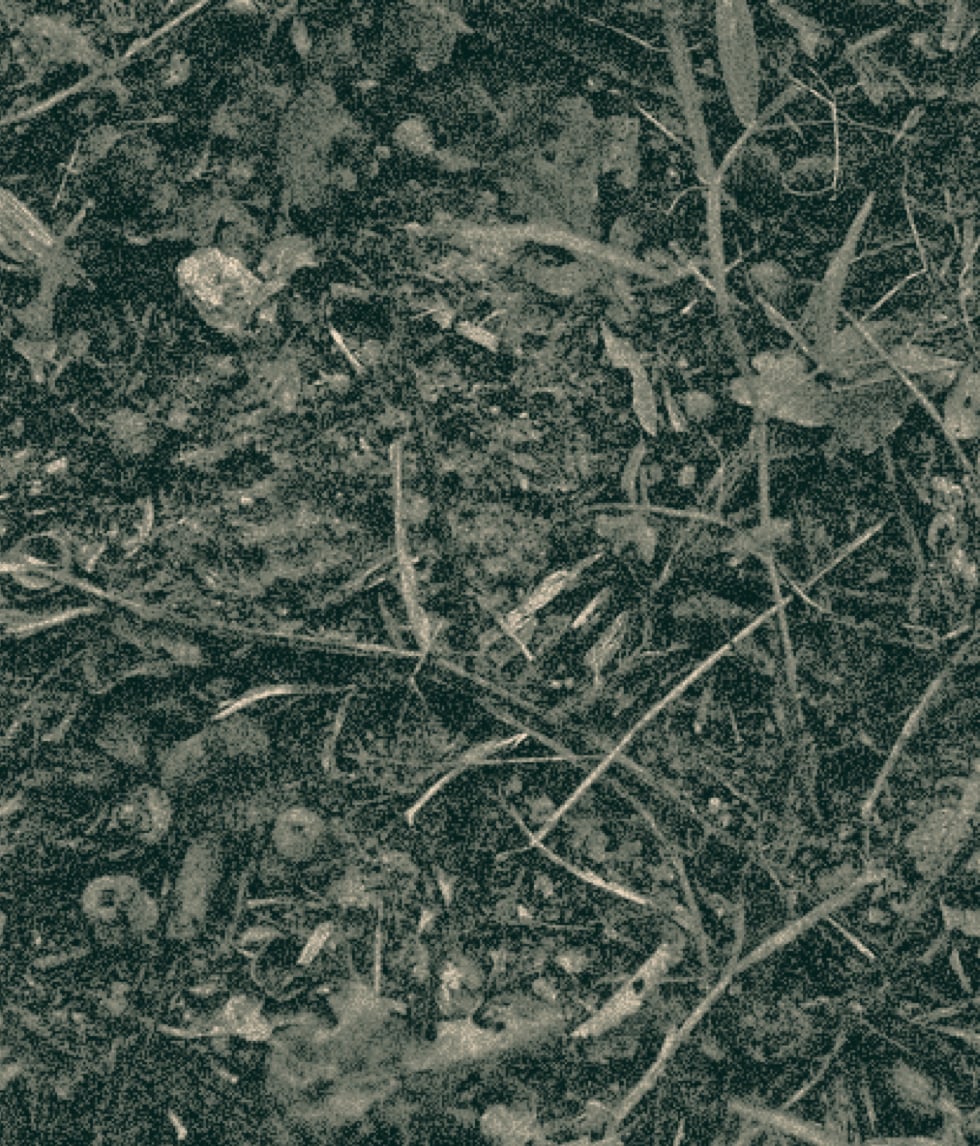
Although the wine qualifies for the Torrette DOC, the locals feel that too many poor examples pass for this appellation, thus they have chosen to retain the Rosso Vallée d’Aoste designation. The wine is also unusual in that the fruit from the earlier ripening parcel is allowed to dry for two weeks after harvest, creating passito grapes, which result in roughly 2g of residual sugar in the final wine. The grapes are combined and vinified together, after which they spend a year in barrel prior to bottling. The name “Badabec” comes from the mythical monster that is said to roam the forests above Gressan and occasionally feast on misbehaving children in the village!
Farming
Lutte Raisonnée
Treatments
Synthetic treatments exceedingly rare, with no herbicides and copper-sulfate the primary means of intervention
Ploughing
Annual ploughing to maintain vineyard health
Soils
Sandy glacial moraines
Vines
Trained in Guyot and planted at 10,000 vines/ha, vines average 40 years old
Yields
Controlled through severe pruning, debudding, and an occasional green harvest
Harvest
Entirely manual, usually in early October
Sourcing
Entirely estate fruit
Fermentation
Following total destemming, wines ferment with spontaneously in stainless-steel tanks. Cuvaison lasts c. 15 days. Vin des Géants is destemmed and ferments for c. 60 days in terracotta amphora
Extraction
Wines see pumpovers during fermentation
Chaptalization
None
Pressing
Vertical basket press
Malolactic Fermentation
Spontaneous, in stainless-steel tanks or terracotta amphora following alcoholic fermentation
Élevage
Babadec and Grand Gosier spend 12 months in neutral 225-l barriques and 300-l tonneaux. Les Gosses spends 12 months in stainless-steel tanks. Vin des Géants spends 12 months in 300-l tonneaux
lees
Wines are racked off their lees following malolactic
Fining and Filtration
Wines are unfined and unfiltered
sulfur
Applied during vinification, at rackings, and at bottling, with c. 20 mg/l free sulfur

Optional caption text here lorem ipsum
